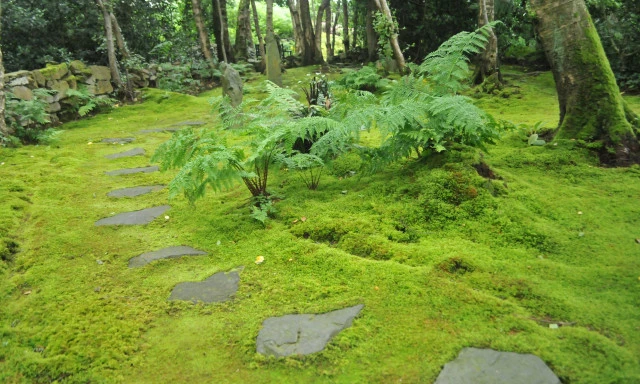How to Care for Small Fruit Trees
No matter how small your garden, you can grow fruit trees. Even if you don’t have a garden and only a balcony, there are dwarf varieties that can be grown in pots. It is great to be able to harvest your own fruit and fruit trees are attractive plants whether they produce fruit for harvest or are ornamental fruit trees.
Here are some hints and tips for getting the most productive and attractive small fruit trees:
- Size and Space - Assess the space you have for your fruit tree. Choose a variety that will not grow too big and will be an attractive feature plant when half to fully grown.
If you are going to grow the tree in a container it can be moved to situations that suit its size as it grows. - Shape – Consider the shape of the tree; trees will have the bush, standard or half standard form.
- Advice - Always buy your trees from a reputable source so that you are sure they are pest and disease-free. Good growers will have the knowledge to advise you on the best trees for your purpose.
- Rootstock - It is the rootstock of the tree that largely determines the size and vigour of the tree. Smaller trees are grafted onto dwarf or semi-dwarf rootstock. Watch out for rootstock suckering (sprouting) from below the graft. Prune off any suckers with clean secateurs.
- Pollination – Most apples and pears are not self-fertile and many cherries and plums also need a pollinator. Check when you purchase your tree to see if it needs a companion to be fertilised and bear fruit.
- Planting - Small fruit trees enjoy well-drained sandy soil of moderate fertility. Add Gro-Sure Planting Magic to the hole and back-fill soil when planting shrubs. See How to Plant a Tree.
- Containers – Choose a container approximately 15 cm wider than that in which the tree was/is purchased from the nursery or garden centre. Re-pot the tree every two years until it is fully grown.
- Light – Most small fruit trees grow best in full sunlight, but some may also do well in partial shade.
- Frost Protection - Consider protecting smaller trees if frosty weather is predicted, because they may be more susceptible to frost damage. See Preventing Winter Damage to Plants.
- Keep Clear – Keep the soil around the roots of your tree clear of grass and weeds so that you can easily water the tree and add fertiliser.
- Cropping – If the tree seems to bear fruit on alternative years it is probably biennial bearing. This is where it puts all its ‘effort’ into a heavy crop one year and does not have the energy left to fruit fully the next year.
- First Fruit – Dwarf stock fruit trees bear fruit younger than normal trees. Normal fruit trees often do not bear fruit for 4 years but dwarf trees may bear fruit in year 1 or 2.
- Pruning - Pruning fruit trees at the correct spacing to allow air and light in encourages the production of fruiting wood and will help give good crops. Pruning is best done during winter dormancy; just before new growth begins in spring. However, summer pruning may be necessary to remove undesirable growth and maintain smaller tree size and shape.
- Watering - For most dwarf fruit trees, the soil surface should be allowed to dry out before watering. Smaller trees with smaller root systems will be less tolerant of drought so take care to water in hot summer weather. This is particularly true of trees in containers. However, they will prefer thorough watering infrequently to a little water often.
- Fertilizing – Add an appropriate fruit tree fertiliser once every four to six weeks during the growing season.
- Mulching - Apply a mulch of bulky organic matter such as well rotted manure, garden compost or straw, in mid-to-late spring and autumn. This conserves moisture and reduces competition from weeds and grass.
Spread the mulch about 10 cm deep around the base of the tree to cover the root ball. Keep the mulch 10 cm from the base of the trunk to prevent the bark decaying. - Pests and Disease – Small and dwarf varieties of fruit trees are equally susceptible to the pests and diseases of their larger cousins. See Fruit Tree Care for advice.
Young trees are often more susceptible to pests and diseases, older more established trees become more able to resist the pests and diseases.
If you observe the tree looking unhealthy or damage from pests or disease, identify the problem using the Kiwicare Problem Solver and find the solution.
Download the Citrus Care Calendar
David Brittain
Kiwicare


